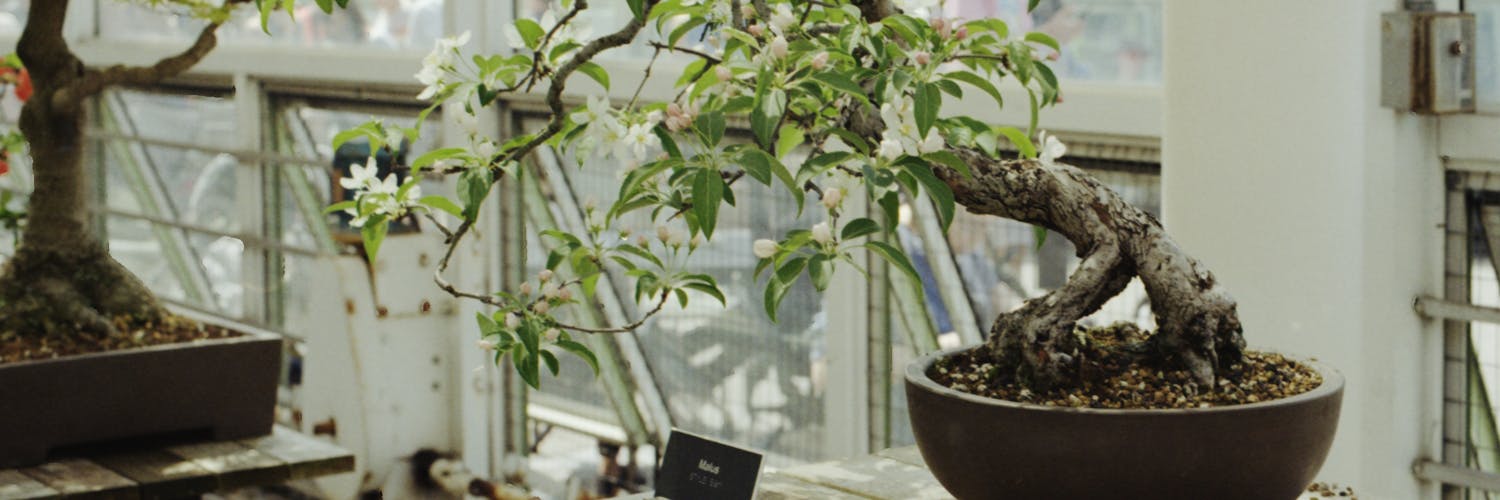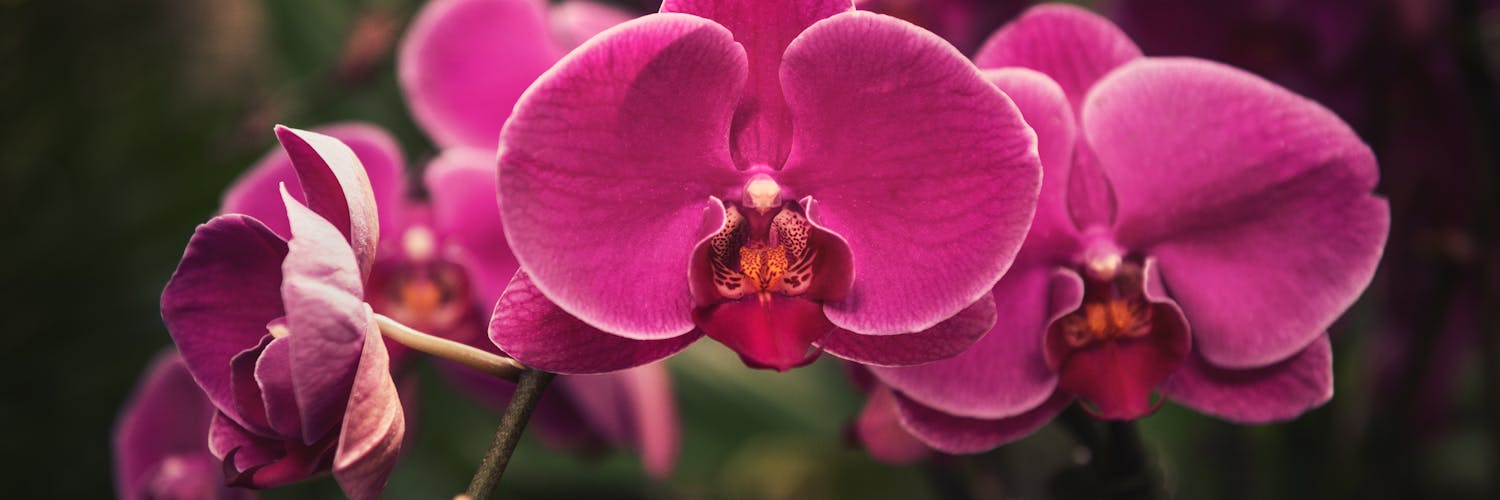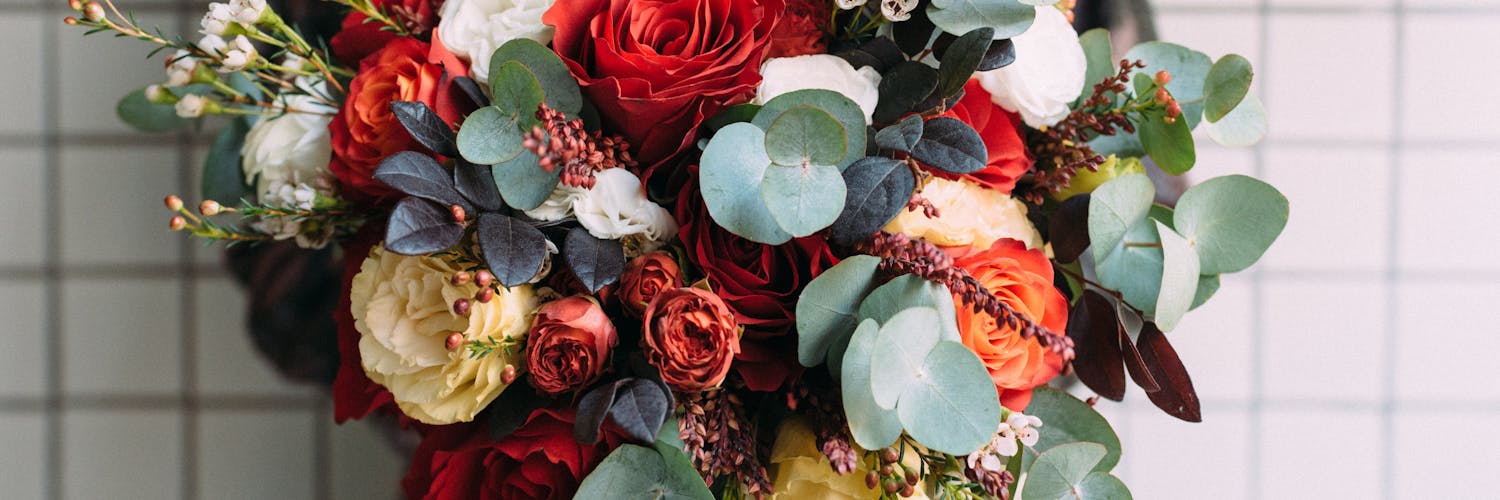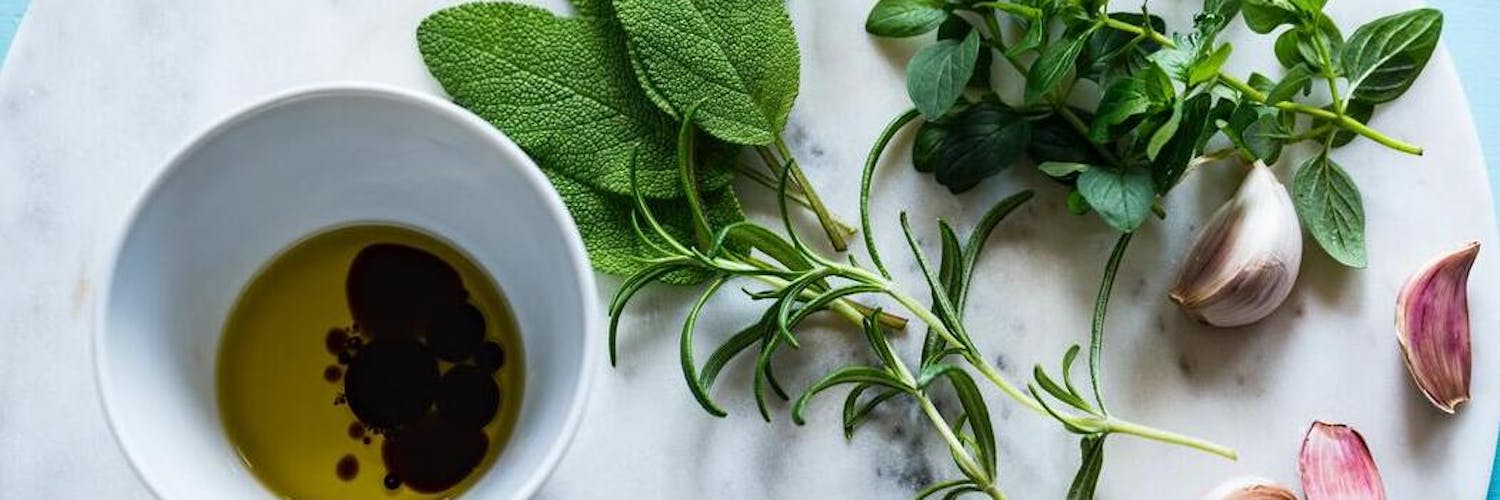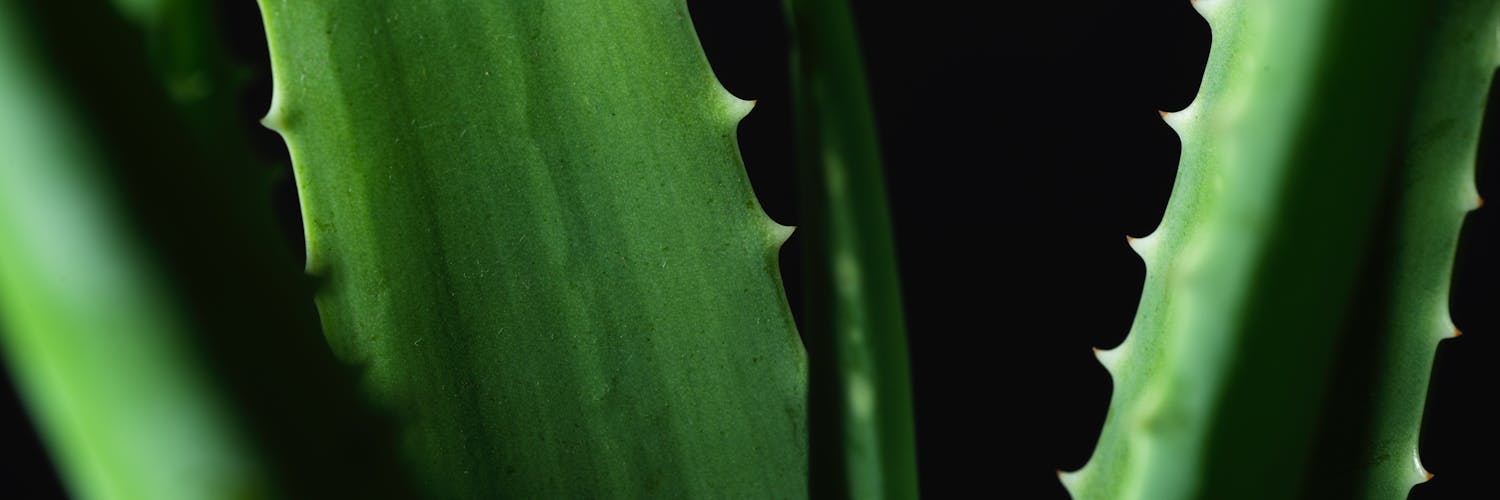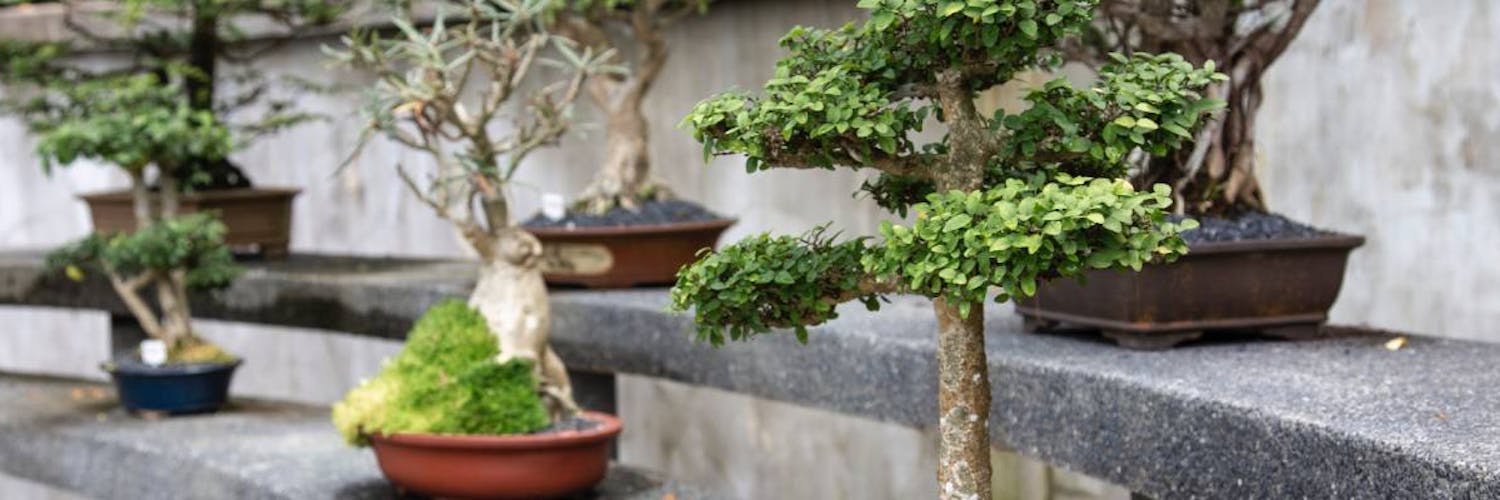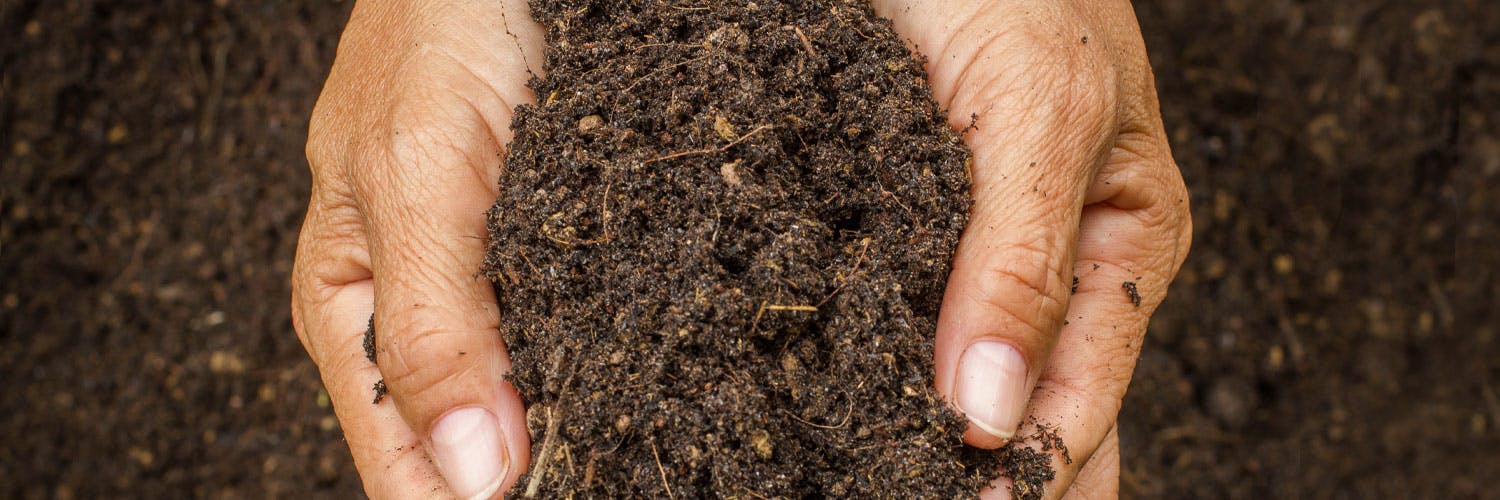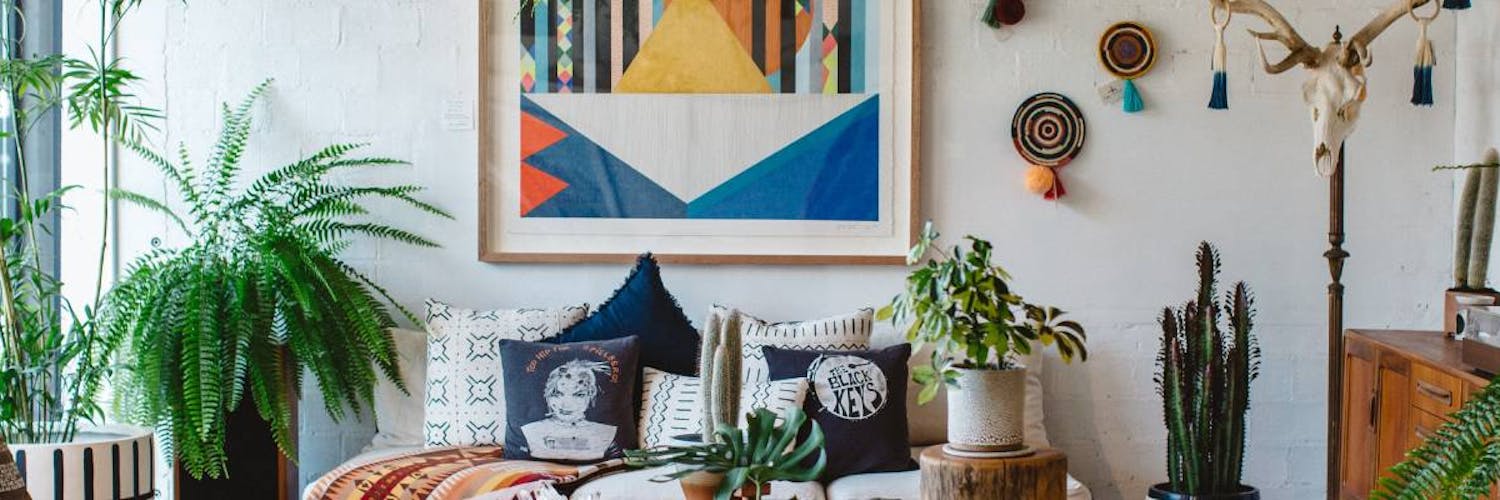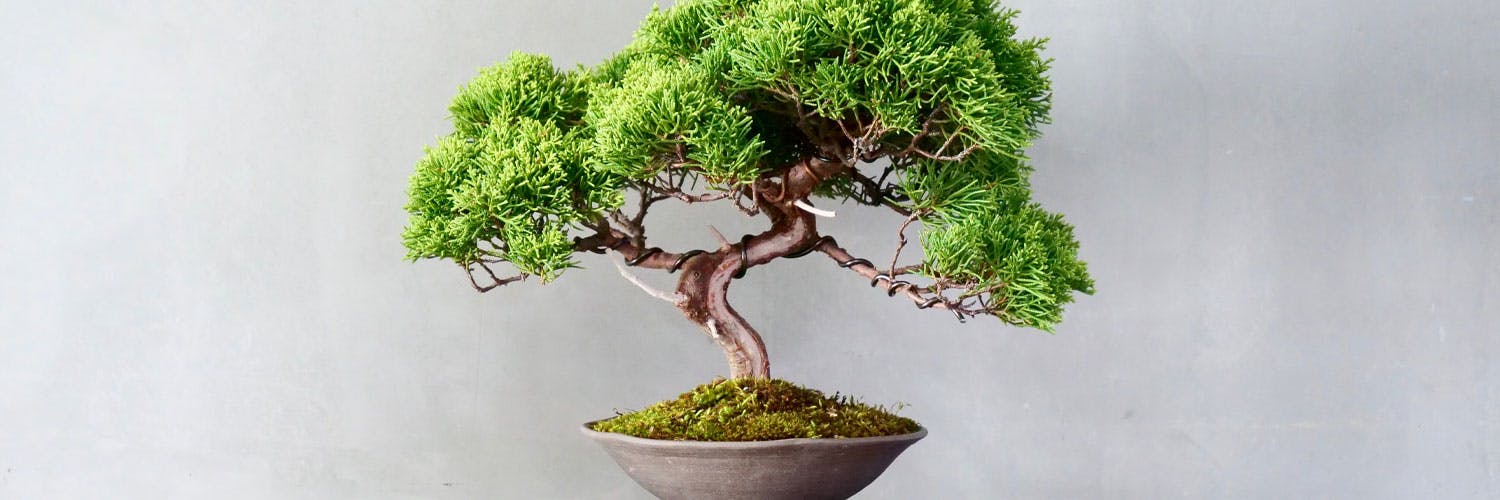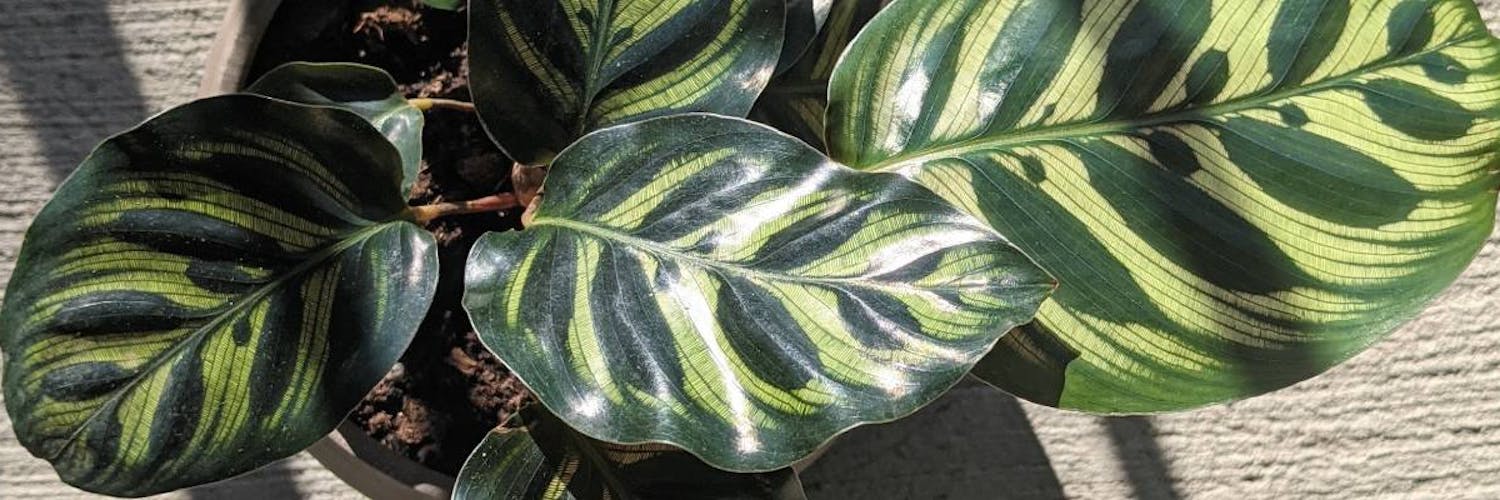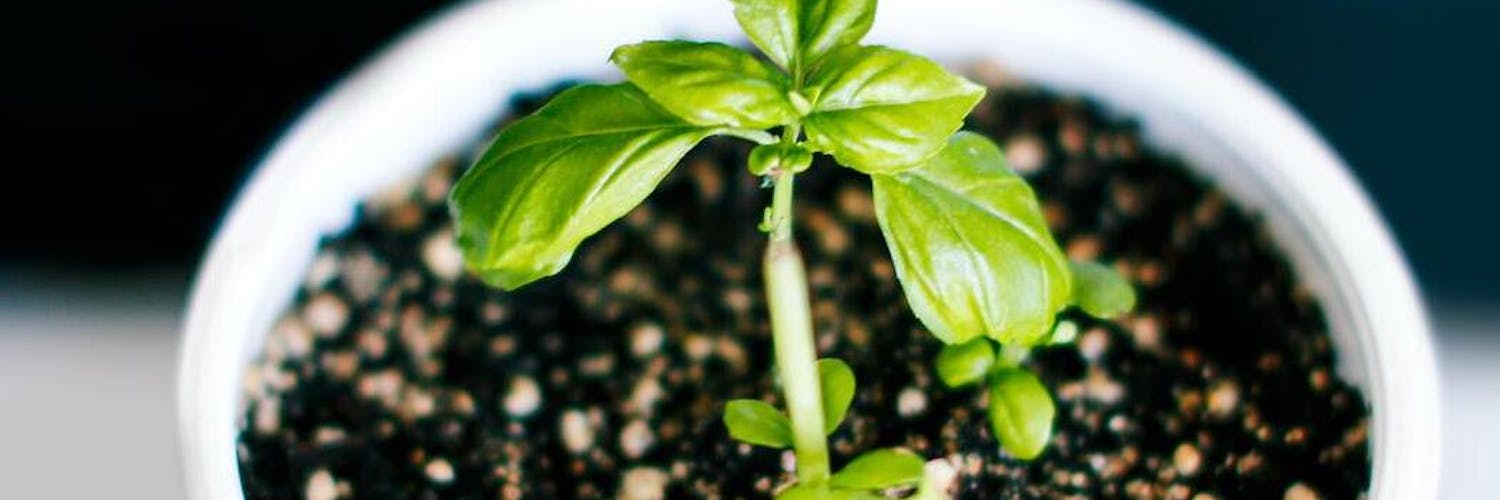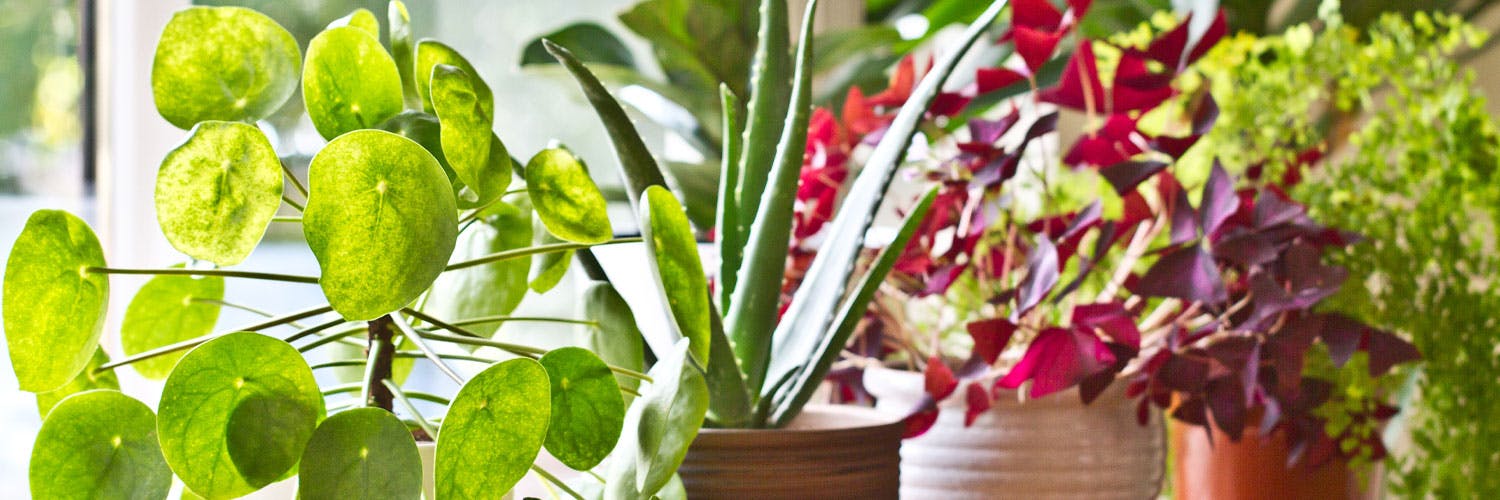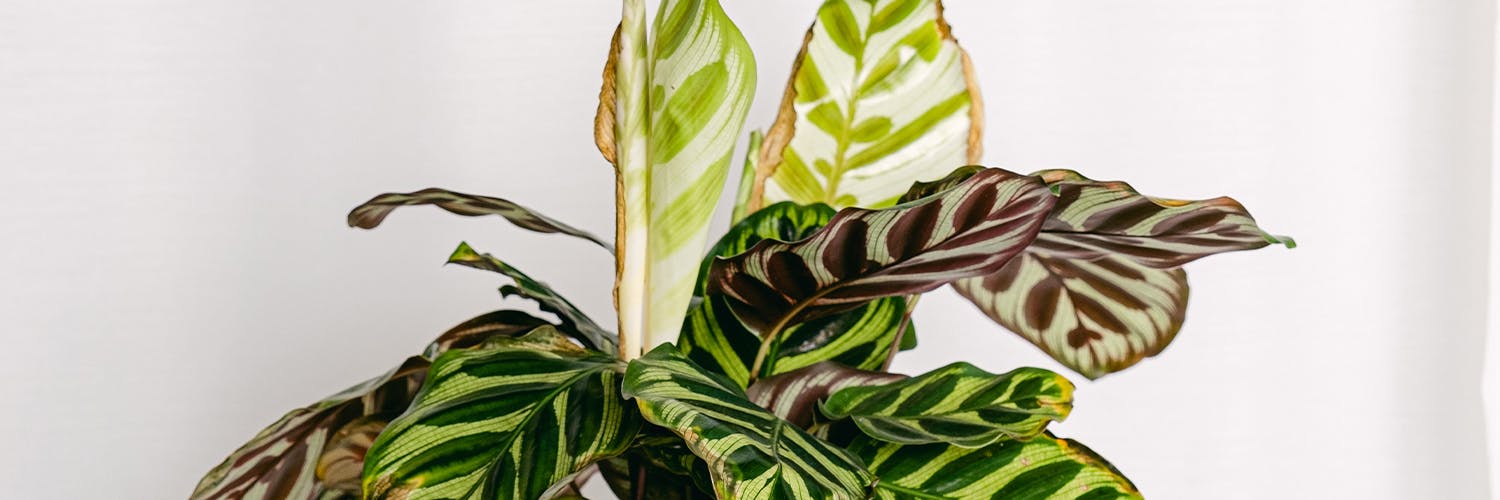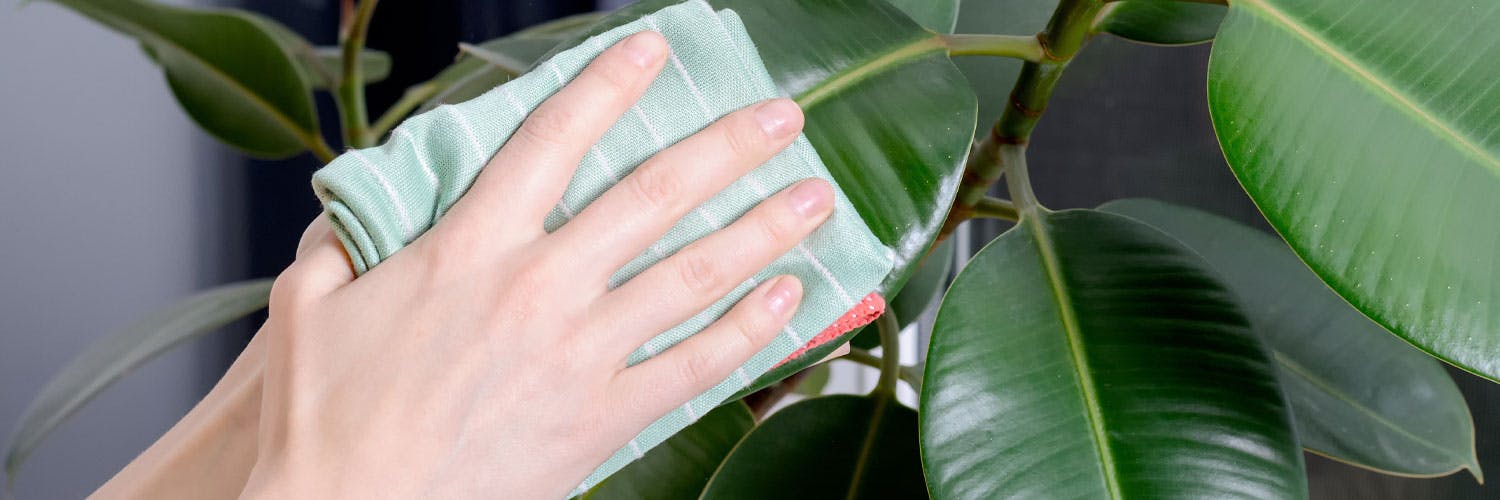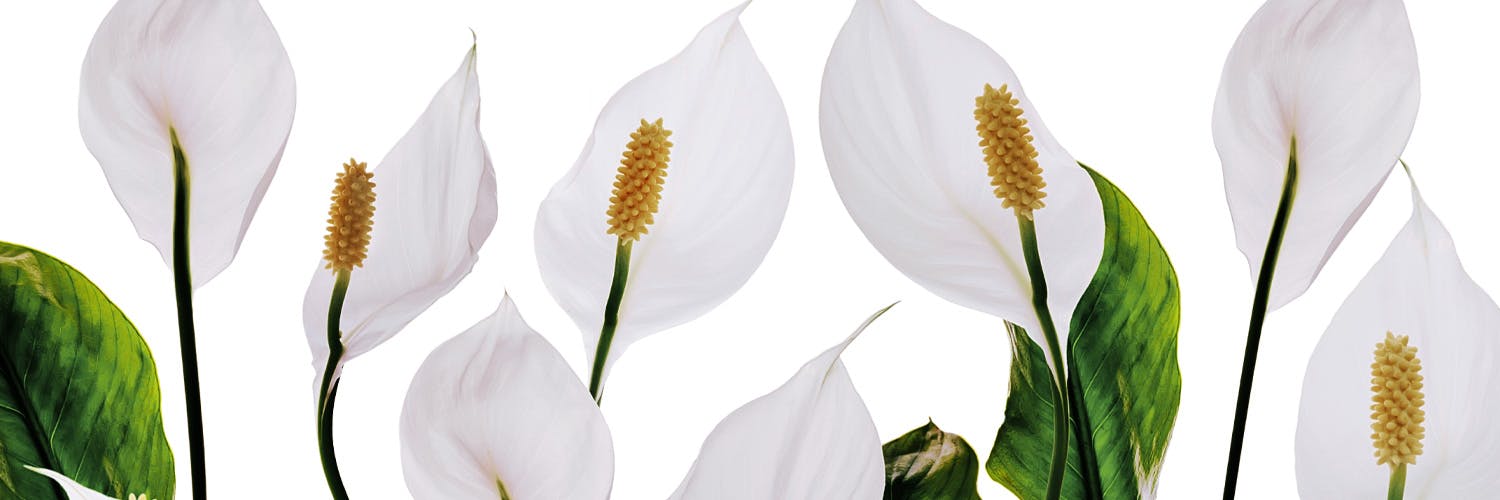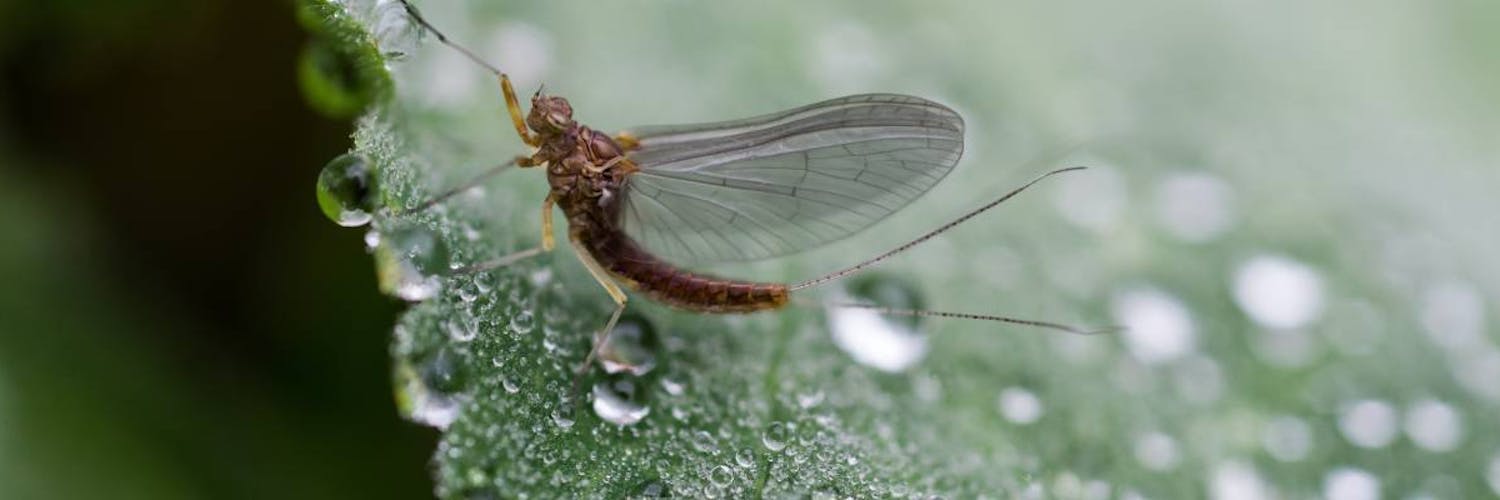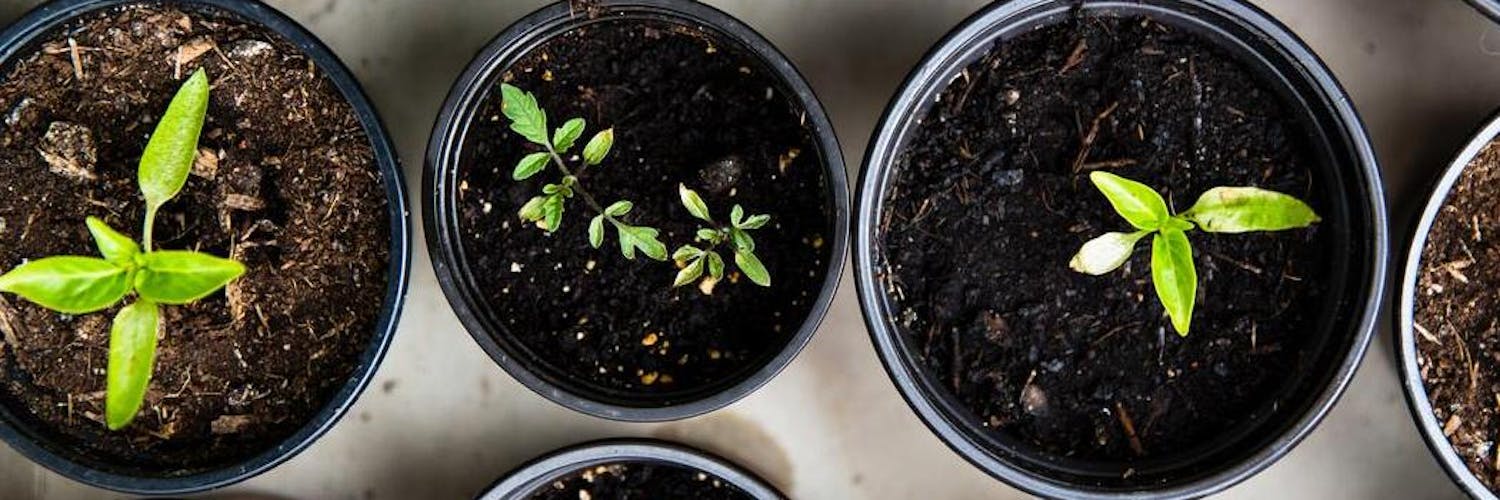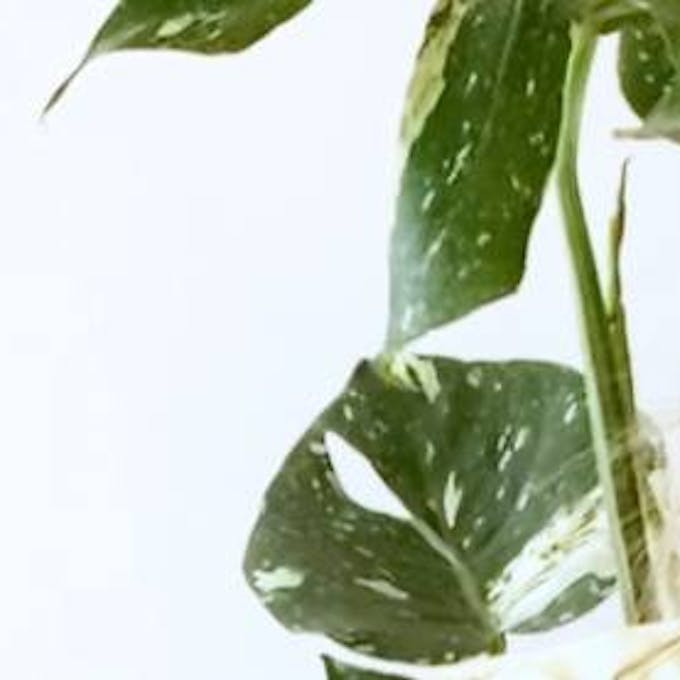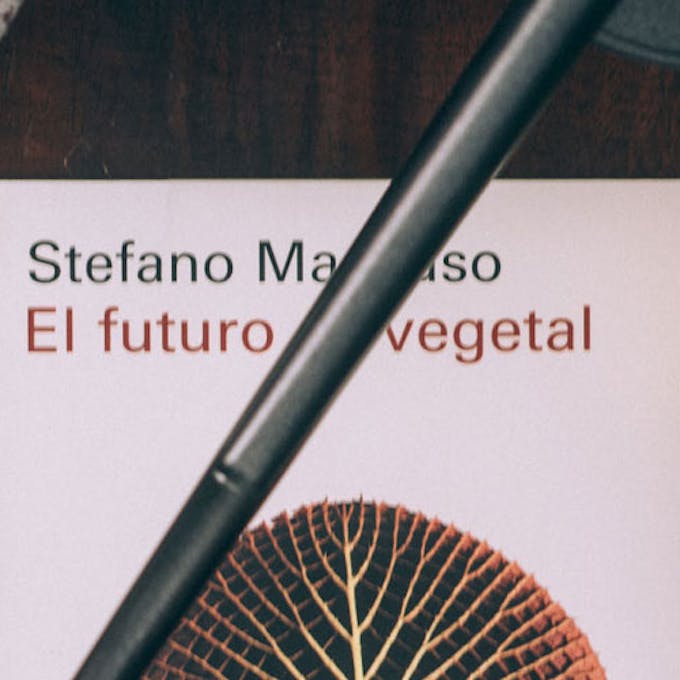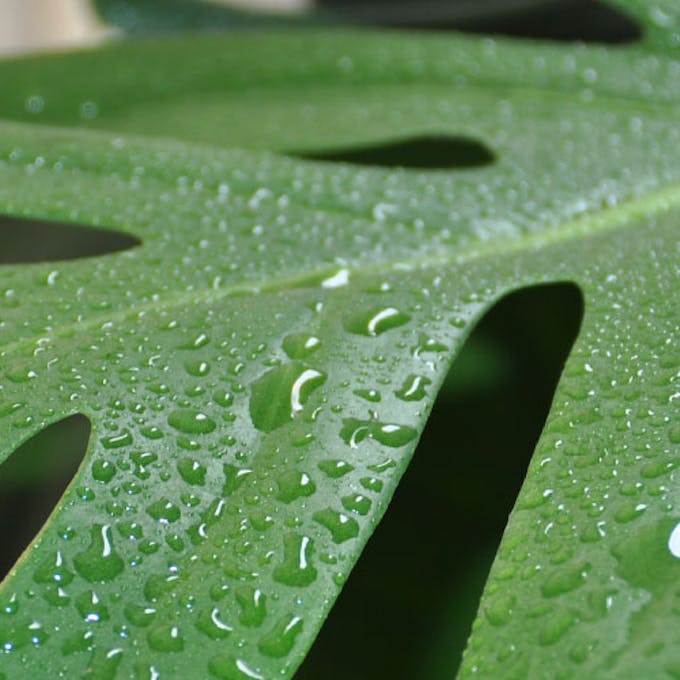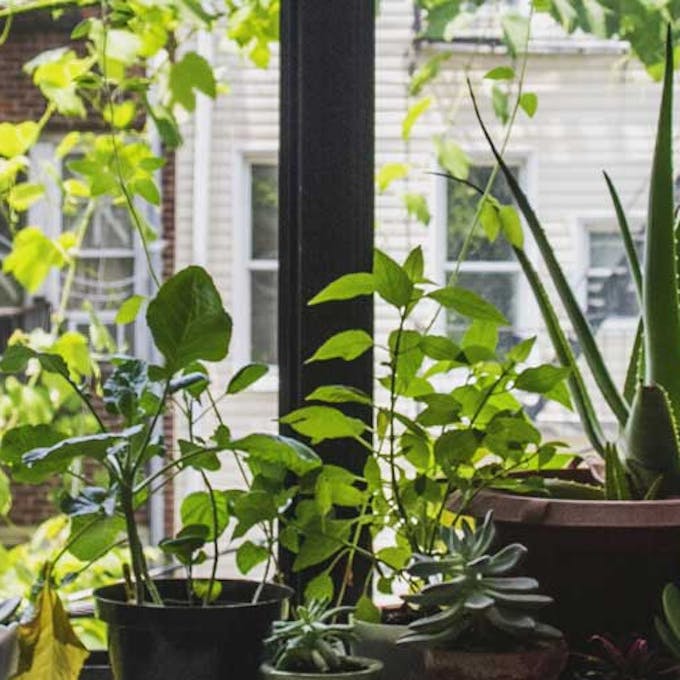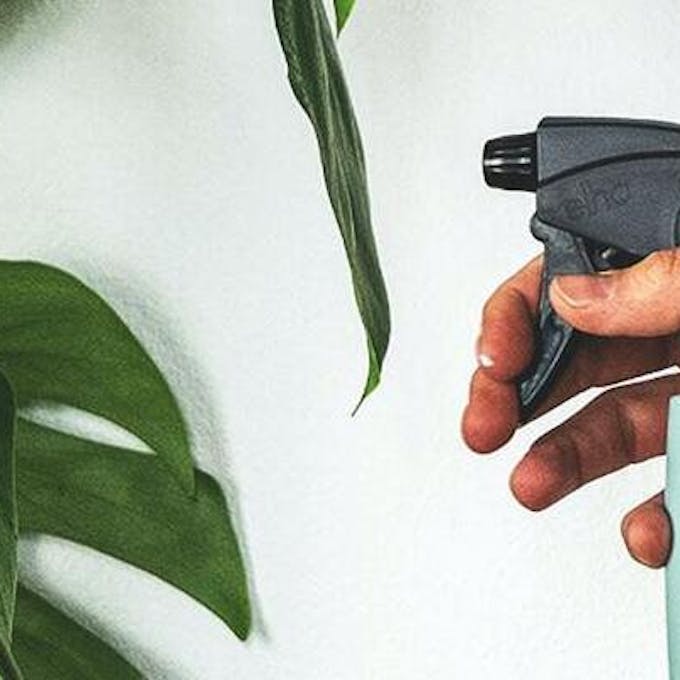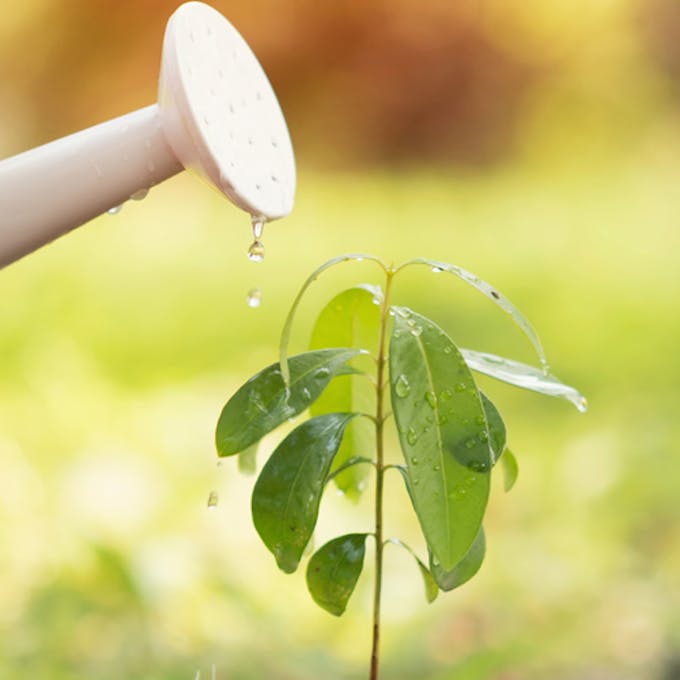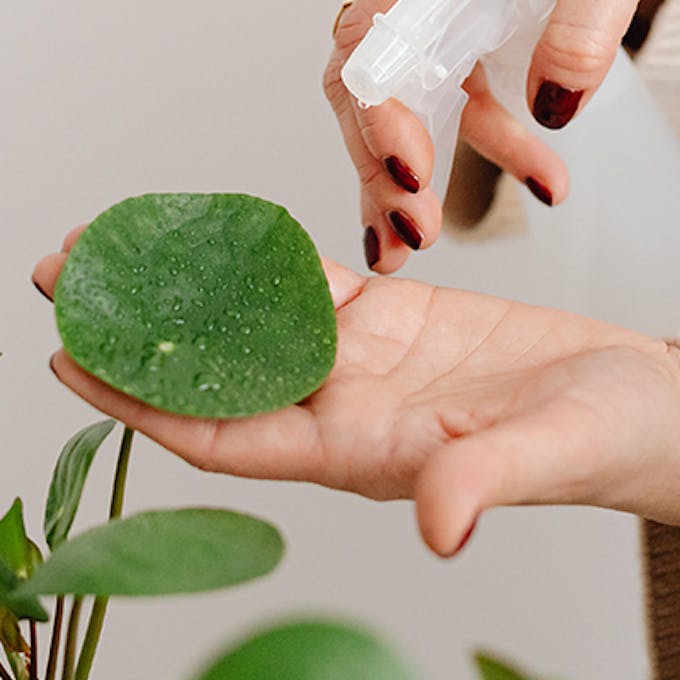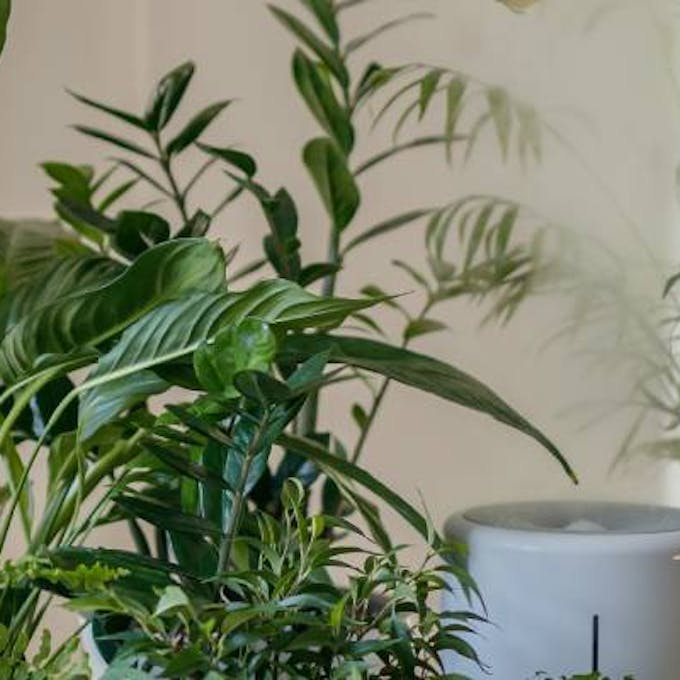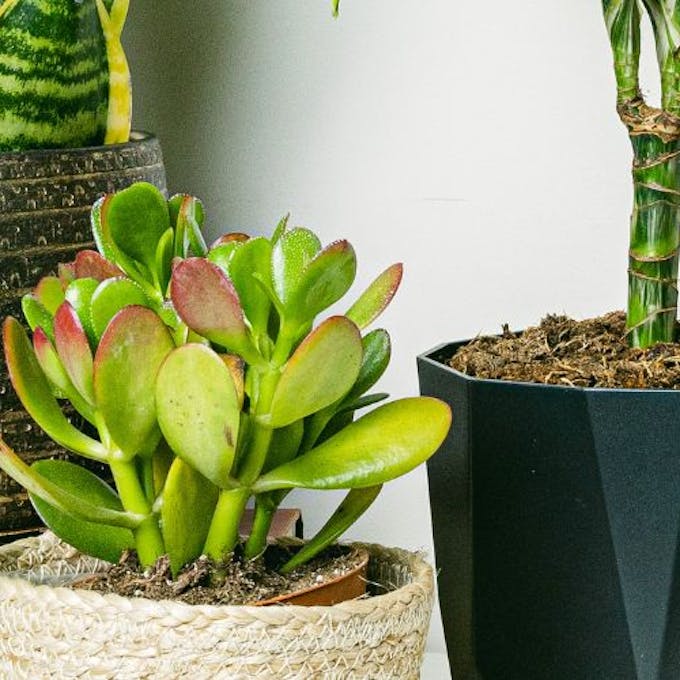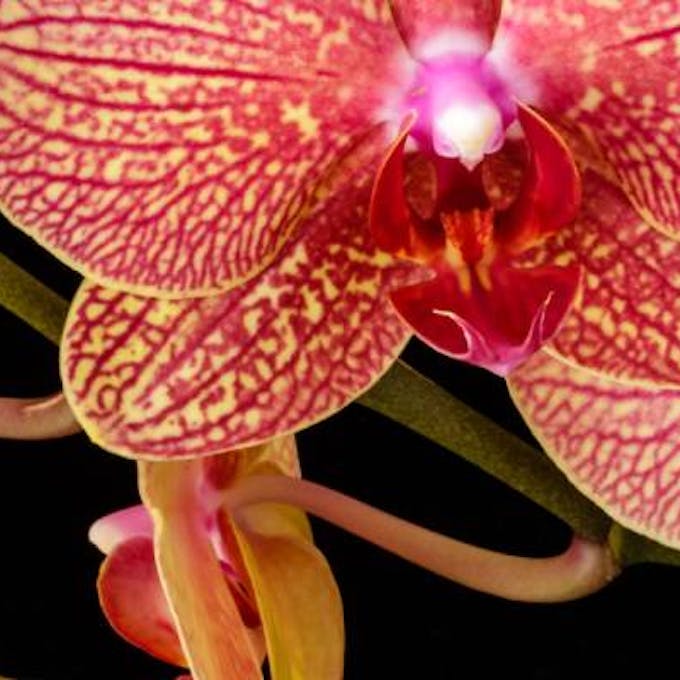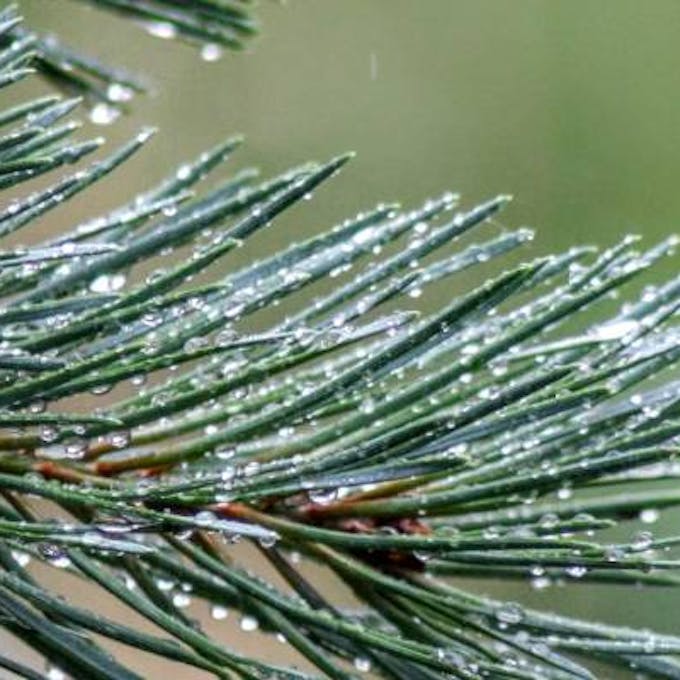Subscribe and get a 10% discount!
Growing plants is easy with Be.Green
Related articles
Improve the air quality in your home with these amazing plants
Bring your workplace to life with the natural beauty of a Kentia palm
The versatility of the Monstera adapts to any style of decoration, find out how!
Upgrade your home with the perfect planter
The Boston fern: a gift that lasts over time
Discover the versatility of the Bird of Paradise in interior decoration
Plants as a gift on Mother's Day: a trend that is becoming more and more popular
Transform your houseplants with unique and decorative planters – we'll show you how
Houseplants and pets: create a harmonious home with the perfect combination
The Kentia palm: an ideal plant to decorate your office
Improve air quality with Philodendron Melanochrysum
Discover the best decoration ideas with the pachira plant
Break conventional schemes with Polyscias Scutellaria Fabian, the plant that has it all
Personalize your Mother's Day gift with these houseplants, selected according to their decorative style
Essential nutrients for your plants to thrive
Succulent plants for a small salon: beauty and practicality in a special gift